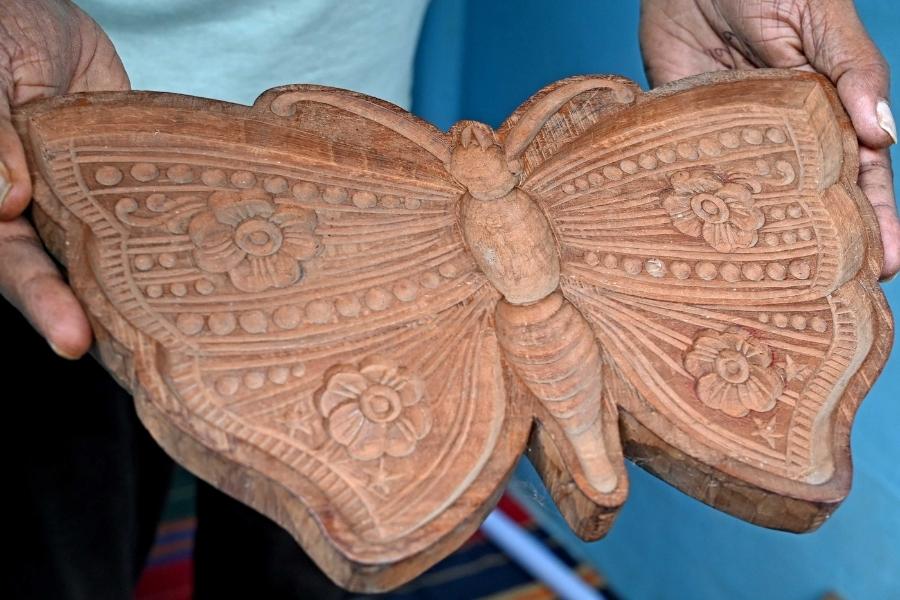 Friday, 21 November 2025
Friday, 21 November 2025
 Friday, 21 November 2025
Friday, 21 November 2025
Three satellite-tagged Amur Falcons from Manipur have completed one of the most remarkable migrations recorded for a small raptor, flying thousands of kilometres across India, the Arabian Sea and the Horn of Africa in under a week.
According to data released by the Manipur Amur Falcon Tracking Project and officials monitoring the birds, the three birds, Apapang, Alang and Ahu, were tagged on 11 November , in the forests of Manipur as part of a long-running effort by the Wildlife Institute of India to study the migration routes of the species.
Within days of tagging, all three began their transcontinental flight toward East Africa.
Their satellite signals showed long, continuous stretches in the air, including non-stop ocean crossings that scientists described as exceptional for a bird weighing around 150 grammes.
Apapang, an adult male with an orange tag, recorded the longest flight.
Tracking data showed he covered 6,100 kilometres in six days and eight hours without stopping, making a single arc from northeast India across peninsular India and out over the Arabian Sea before entering Somalia and pushing onward to Kenya.
“The hero of the season. 6,100 km in 6 days 8 hours nonstop. A single unbroken arc across continents,” wrote Supriya Sahu, additional chief secretary at Tamil Nadu’s environment, climate change & forests department, on X (formerly Twitter) while sharing updates on the migration.
Alang, the youngest bird and tagged in yellow, completed a 5,600-kilometre journey in six days and 14 hours.
Her route included a night halt in Telangana and a three-hour rest in Maharashtra before she left the Indian coast for the transoceanic leg.
Ahu, an adult female carrying a red tag, took a more northerly route.
She travelled 5,100 kilometres in five days and 14 hours after a night pause in western Bangladesh.
Because she flew toward a more northern point in Somalia, her total distance was shorter than that of the other two birds, officials said.
“Amur Falcons are terrestrial birds and cannot land on water,” Sahu wrote in another post, citing her conversation with Dr R. Suresh Kumar, a wildlife biologist and faculty member at the Wildlife Institute of India, who leads the tracking effort.
Because the birds cannot stop, researchers said, the timing of their departure from India is critical, allowing them to take advantage of favourable winds and stable weather systems.
Before leaving India, the birds undergo “hyperphagia,” a phase of intense feeding. Kumar explained that these energy reserves sustain the falcons during the long ocean crossing, where they have no access to food or water.
He also noted that tracking technologies help scientists understand the specific routes, environmental conditions and stopover points vital for the birds’ survival, while also identifying threats from habitat loss and climate change.
“Tracking with lightweight electronic tags helps scientists understand the exact routes and flight paths these birds follow,” Sahu summarised from her exchange with him.
The tracking effort has drawn attention online, with thousands of users following the birds’ movements as officials posted regular updates.
One user wrote, “Please enable live tagging these birds! I would prefer offload my stress seeing these little war heroes achieving the victory rather than swiping insta reels ! Please!”
Another asked whether migration always occurs east to west and how winds assist birds in crossing long distances. A third user wrote, “We have Columbus who discovered a country, We have AAA’s who re-defined the true meaning of migration, precision, instinct, wind, stamina, and courage. Well done! Contd Bon Voyage!”
Officials said the widespread public interest reflects growing awareness of conservation efforts in the region.
Amur falcons were once hunted in significant numbers in parts of Nagaland and Manipur, where large roosting flocks gathered annually.
According to Sahu, the latest movements indicate that Apapang and Alang have entered Kenya and may stop at Tsavo National Park before continuing south. Ahu remains just north of Somalia’s tip and is expected to follow a similar route.







